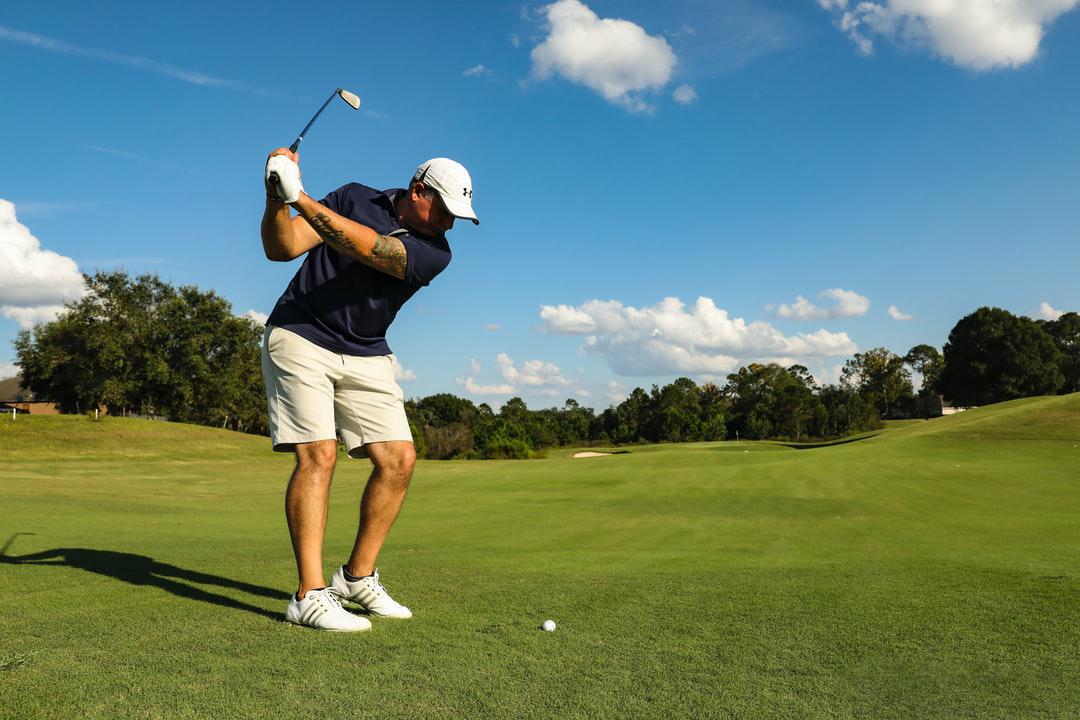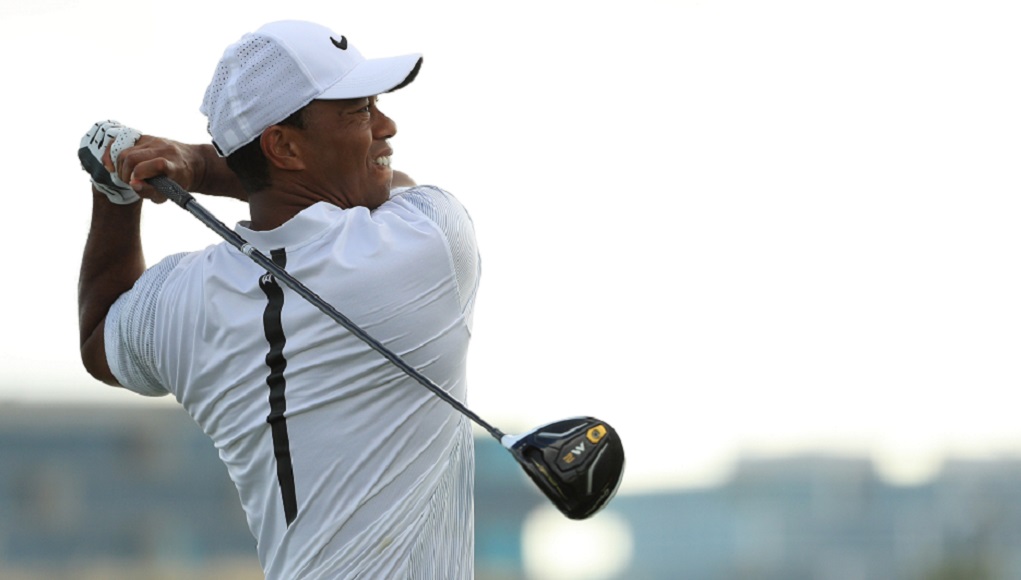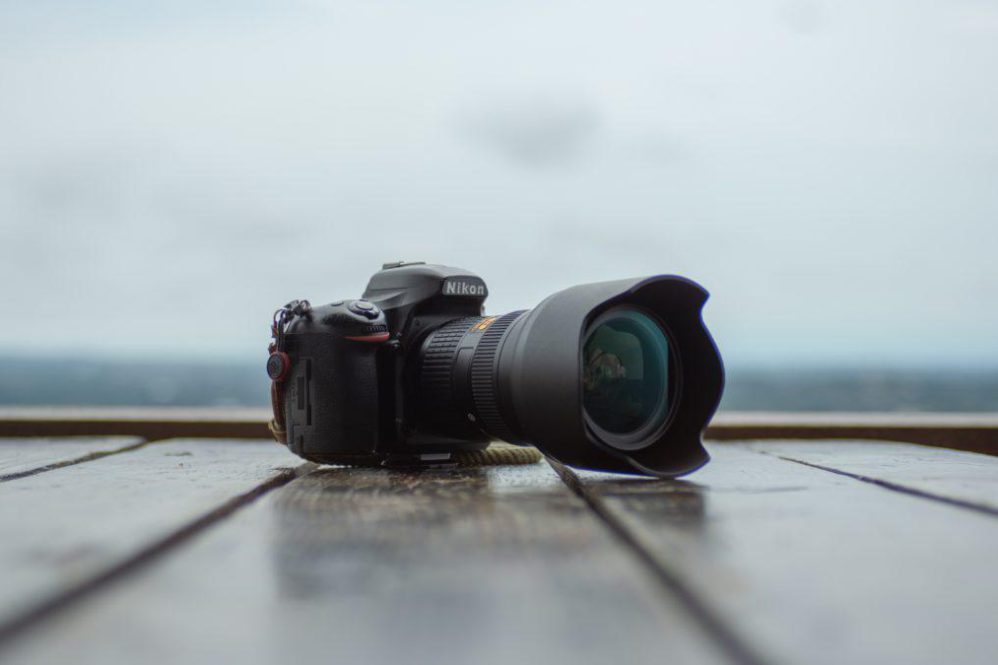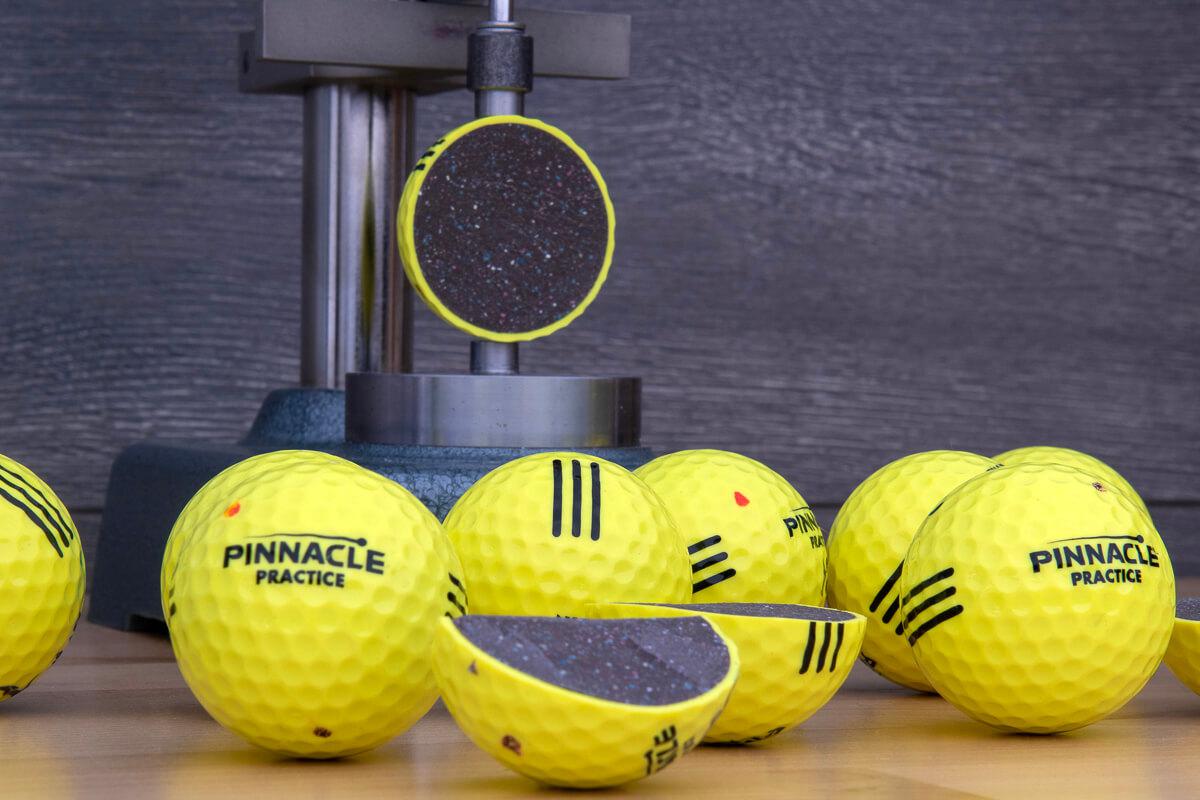The Impact of Range Balls on Gear Testing
Quality range balls play a crucial role in the accuracy of gear testing sessions. Unlike premium golf balls used on the course, range balls can vary significantly in quality and construction. This inconsistency can affect important factors like ball flight trajectory and spin rates, making it challenging to evaluate the performance of new clubs accurately.
Furthermore, the differences in covers and cores between range balls and on-course balls can lead to variations in spin rates, launch angles, and overall distance. For instance, range balls often have a harder core and Surlyn cover compared to the softer core and urethane cover of premium models. This disparity results in a different performance profile for range balls, impacting how they fly and provide feedback during testing.
To ensure reliable gear testing results, it’s essential to use premium golf balls that closely resemble those used on the course. By investing in high-quality range balls, golfers can make informed decisions about their gear purchases and optimize their on-course performance.
How Range Balls Influence Gear Performance Evaluation
When evaluating gear performance, the use of appropriate golf balls is paramount. While range balls share similarities with personal golf balls in construction, they exhibit key differences that affect evaluation outcomes significantly.
One notable distinction lies in core construction, where range balls typically feature a firmer core for durability. However, this firmness can result in reduced feel and distance. Additionally, the choice of cover material sets range balls apart, with Surlyn covers offering durability but less spin and feel compared to urethane covers.
the combination of a firmer core and Surlyn cover in range balls alters their performance profile, resulting in shorter flights, less spin, and reduced responsiveness. This difference in performance can impede accurate assessments of new clubs or balls during testing sessions.
to obtain a precise evaluation of new gear, using personal golf balls that align with on-course conditions is essential. This practice facilitates informed decisions regarding club and ball selections tailored to individual playing styles and preferences.







